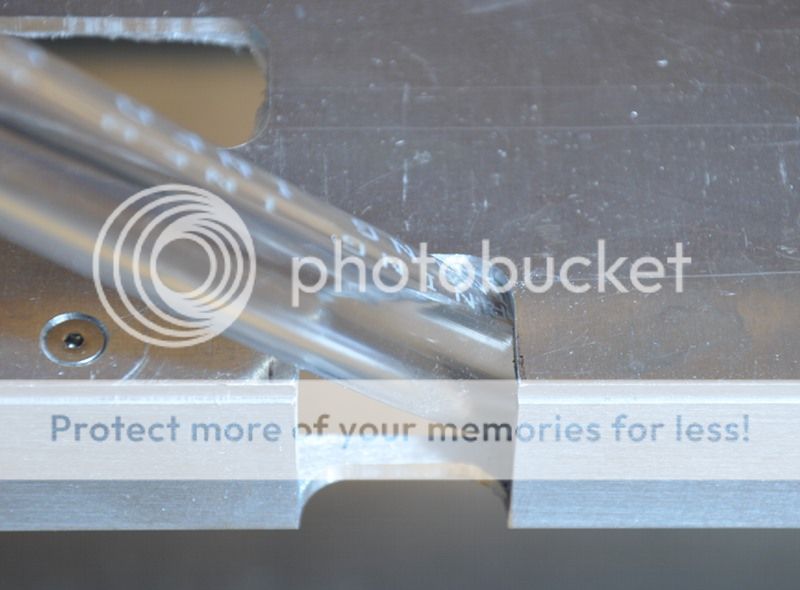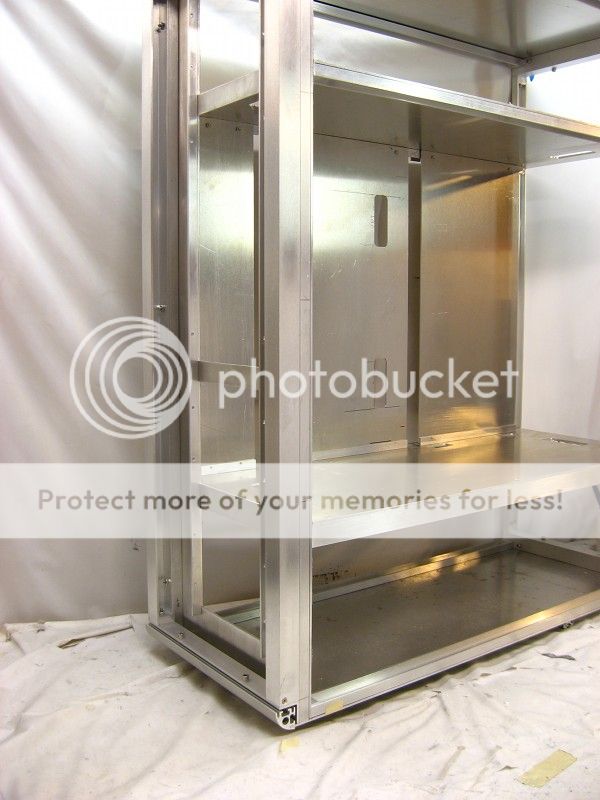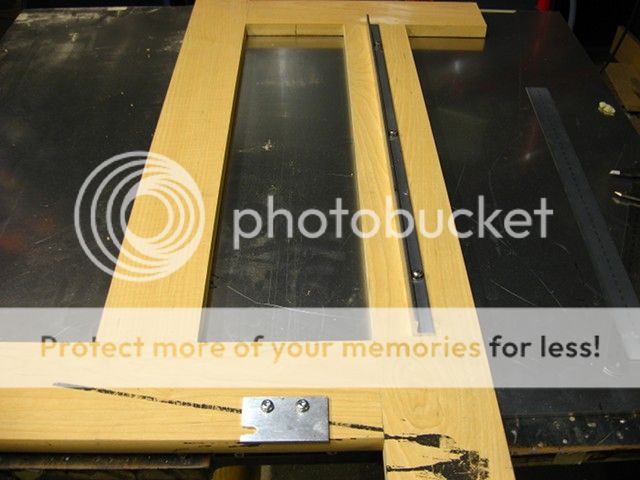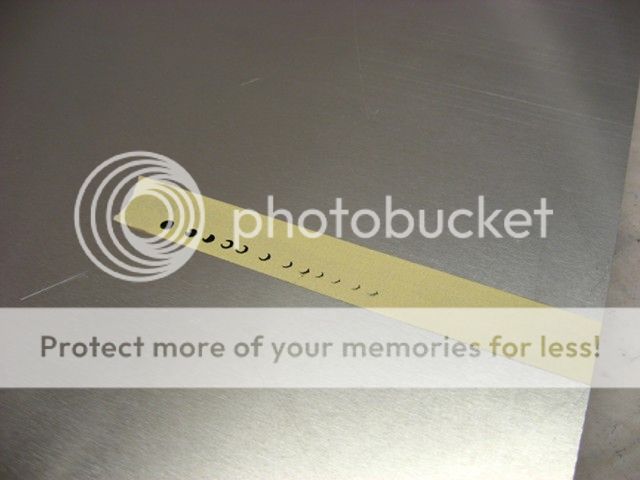Spotswood
Baseband Member
- Messages
- 97
- Location
- New Hampshire, USA
Two cutouts were routed out of the back sheet for the bottom mounted PSU (left hand side of the pic) and intake fan, and two intake fans up top.

Eventually, some "adapter plates" will be mounted over the two cutouts.
To attach the MB tray to the back sheet, four PEM cinch nuts were pressed into the interior side of the .10-inch thick aluminum sheet. I love these nuts because they make quick work out of adding some threads to sheet metal.




Eventually, some "adapter plates" will be mounted over the two cutouts.
To attach the MB tray to the back sheet, four PEM cinch nuts were pressed into the interior side of the .10-inch thick aluminum sheet. I love these nuts because they make quick work out of adding some threads to sheet metal.





























